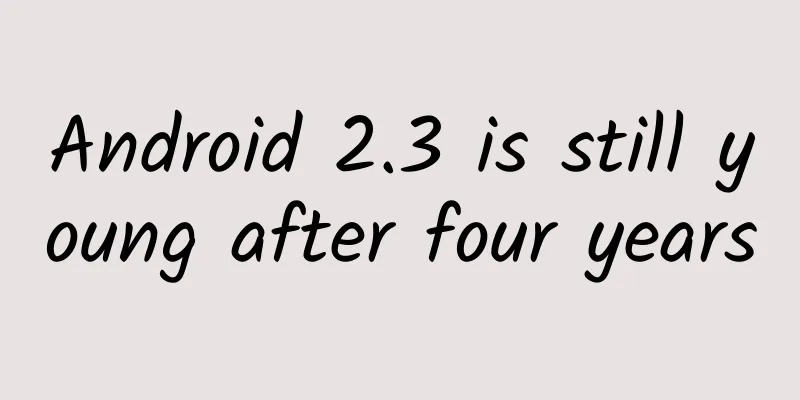Android version split, where should developers go?

|
Recently, Google released a distribution chart of Android versions. The situation is not optimistic as always. The latest version of Android 5.0 Lollipop has a market share of only 0.1%, while Android 4.4 Kitkat has just reached 39.1%. We can once again lament that the Android system version is split. However, Pocket Casts developer Russell Ivanovic wrote on his blog that from the developer's perspective, this split actually does not have much impact. He believes that when people see these numbers, it is easy to make wrong analysis. These analyses often ignore two facts. First, the number of Android devices on the market is 6 to 7 times the number of iOS devices. Therefore, if developers target the KitKat version of Android, which has a 39% market share, then the number of users may exceed that of iOS 8. Second, people often confuse the overall number with the number of users who actually purchase the app. Take the users of Pocket Casts as an example: From the perspective of the overall Android ecosystem, Android 5.0 only accounts for 1% of the market share, but among Pocket Cast users, 23% have already used the latest system. The reason is that those who buy apps and those who like the Android system have phones with brand new systems, while those who use old phones that are more than 5 years old and run Android 2.3 may never buy Pocket Casts. In addition, Android has another feature that is different from iOS. If iOS users want to use the features of iOS 8, they can only install iOS 8, but this is not the case with Android. Google has put many features in two libraries: Support and Google Play Services. Google Play Service is updated through the store and is not bound to a specific version of the system, while Support is something that developers put in the app and is updated daily by Google. When a new version of Android is released, many new APIs are in these two libraries, not in the core part of the system. This means that even with older system versions, users can use new features. In some ways, Android's backward compatibility is better than iOS. His advice to developers is Android major updates are not fixed on a certain day. Each phone has an update date. Therefore, it only makes sense to consider the penetration of new Android versions after manufacturers have updated their devices. |
>>: Meizu vs Xiaomi smart ecosystem: fierce debate in 2015
Recommend
Promotion and traffic generation: How to use Zhihu to attract traffic and fans?
I believe everyone knows Zhihu, which gathers pro...
Scientists deliberately sank a ship just to see what would grow on it
There are 3 million shipwrecks quietly lying in t...
How to improve product stickiness and reduce user churn rate?
The Internet has entered the second half today. U...
What are the functions of community group buying mini program? How much does it cost to make a group buying mini program?
It has been more than 5 years since the release of...
Following orders and serving others...When will robots truly replace human labor?
In today's era, technology is developing rapi...
Bidding hosting, what are the advantages of finding a professional company to do bidding hosting?
With the rapid development of Internet technology...
How to write a good opening that kills people: 3 new media writing tips I learned from TED
As a new media marketer , your weapon is articles...
Geely Chairman Li Shufu invested $9 billion in Mercedes-Benz parent company Daimler and became the largest shareholder
According to Bloomberg and other foreign media re...
Urgent reminder! Guangdong has 1,785 new cases in 7 days. Taking ibuprofen will make dengue fever worse.
Recently, the news that #Guangdong added 1785 new...
Low-priced wide-viewing angle products become the "TN terminator" and the panel industry may usher in a new round of reshuffle
According to relevant sources, the public display...
How to join the live broadcast on DianTao? DianTao Live Registration Process
Young anchors also want to join the DianTao platf...
Hundreds of iOS apps exposed to FREAK vulnerability risk
Citing a report from foreign media Ars Technica, ...
Don't know what to give for Valentine's Day? 99% of couples give this gift a thumbs up!
Today is a special day, not only is it the fifth ...
The principle and solution of foam formation
Foam is a common phenomenon. Generally speaking, ...









